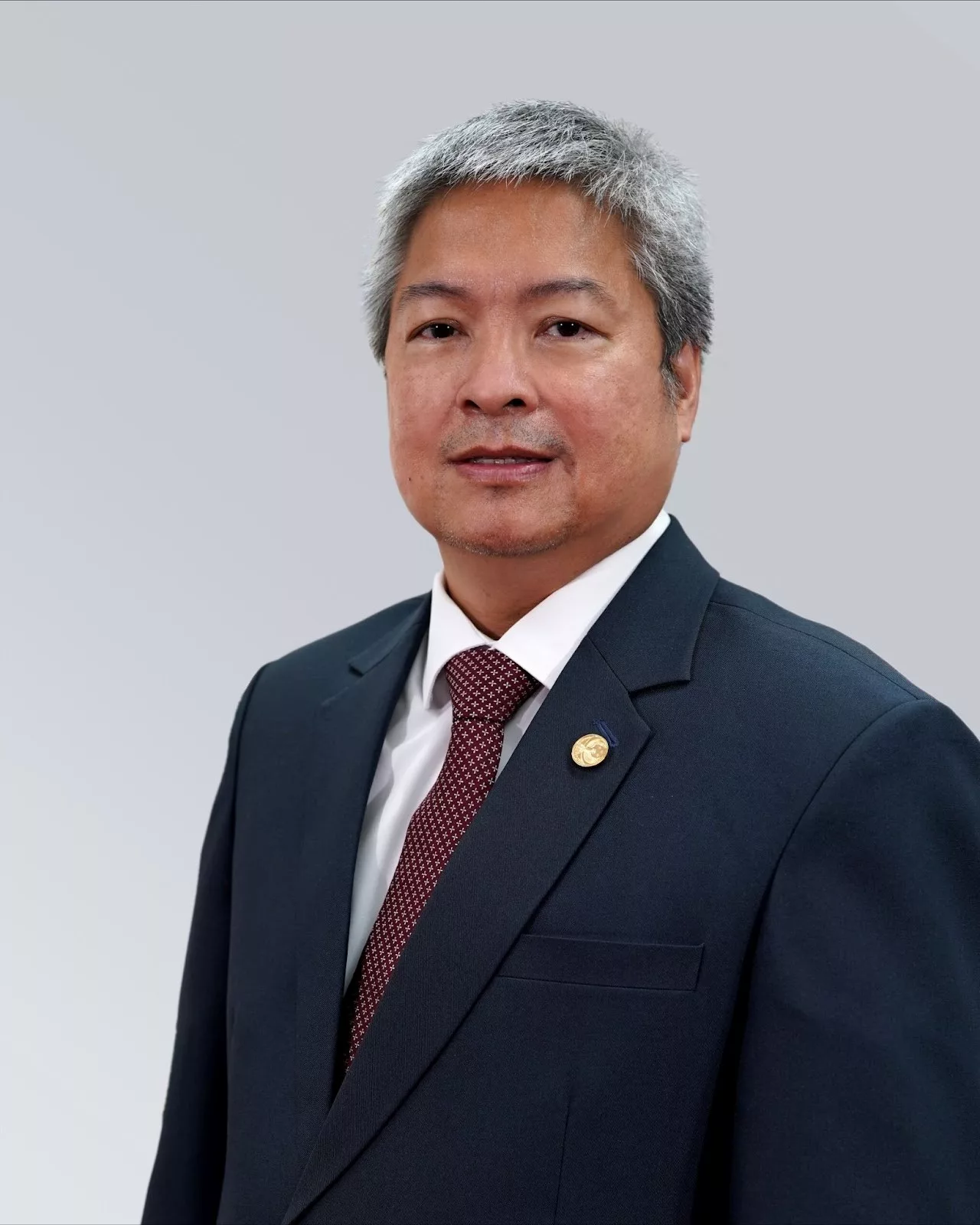|
Getting your Trinity Audio player ready...
|
The Philippines central bank, Bangko Sentral ng Pilipinas (BSP), is bullish that the sustained rise of digital payment technologies will continue to facilitate the efficient delivery of financial services to the unbanked Filipinos and micro, small, and medium enterprises (MSMEs).
BSP Deputy Governor Mamerto Tangonan credited the significant strides in digital payments to the implementation of the BSP’s 2020-2023 Digital Payments Transformation Roadmap (DPTR) with the support of its public and private sector partners.
“In 2013, we started with a mere one percent share of digital to total retail payments. Fast forward to 2022, and we saw a whopping 42.1 percent share in digital retail payments transactions,” Tangonan said.
“I believe we reached our 50-percent target by the end of 2023,” Tangonan added, citing the exponential growth of the sector.
The BSP said the impact of this continuing digital transformation is evident at the grassroots level.

BSP rolls out Paleng-QR Ph Plus
In 2022, the BSP, together with the Philippines’ Department of the Interior and Local Government (DILG), rolled out Paleng-QR Ph Plus, which promotes digital payments in public markets, transport hubs, and other business establishments using QR Ph.
BSP said quick response or QR payments provide a safe, convenient, and efficient channel of making and receiving payments for both merchants and customers.

In an earlier press release, BSP Deputy Governor Bernadette Romulo-Puyat explained the added benefits of digital payments.
“With digital transaction accounts, users can track their finances, reduce extra spending, and budget more effectively. Plus, these accounts open the door to other financial tools like insurance, investments, and savings,” Puyat said.
Paleng-QR Ph Plus supports the central bank’s thrust to convert half of the total volume of retail payments in the country into digital form and to onboard 70% of Filipino adults to the formal financial system by this year under the BSP’s Digital Payments Transformation Roadmap 2020-2023.
The program is one of the priority initiatives supporting the National Strategy for Financial Inclusion 2022-2028, which serves as the guiding framework for all stakeholders working together to accelerate financial inclusion in the country.
Digitalization in the Philippine financial system is in full bloom
Aside from the Paleng-QR Ph Plus program, the BSP has several digital payment initiatives. One of these is the Bills Pay Ph, which was launched to unify the country’s fragmented bill payment system and allow users to pay their bills whether or not they have an account with their billers’ payment service provider.
According to the central bank, the agency is charting the next phase of the country’s digital journey under the 2024-2026 Digital Payments Transformation Roadmap.
For Arlone Abello, founding chairman of the Innovative Movement of the Philippine Association of Crypto Traders (IMPACT), the rise in the use of digital payment will be sustained in the country.
“I would say that the trend is going to continue in the next couple of years, obviously because of the obvious government support on the financial inclusion and roadmap of the Department of Finance and the Banko Sentral [ng Pilipinas]. This particular decade, they have all been pushing for digitalization and financial inclusions, including the promotion of digital payments and its adoption,” Abello told CoinGeek in a statement.
The role of blockchain in digital payment growth
Jay Ricky Villarante, Chairman and CEO of BSP-licensed over-the-counter digital currency services platform Moneybees, told CoinGeek the role of digital assets and blockchain technology in the Philippine government’s goal of fostering digital payments while serving the unbanked and MSMEs is multifaceted and promising.
“Firstly, blockchain technology can offer a secure and transparent platform for digital payments, reducing transaction costs and fraud risks associated with traditional payment systems. By leveraging blockchain, the government can facilitate peer-to-peer transactions and create a more inclusive financial ecosystem accessible to the unbanked population,” Villarante said.
Another driving force that industry leaders see is the use of blockchain technology by traditional banks for better interoperability.
“From a financial inclusion perspective, I know that banks right now do have their own internal blockchain, which allows faster coordination within their local banks anywhere in the Philippines,” Abello said. “So through these blockchains, they already are able to create their own wallets, their own interoperability within their local banks to access loans and engage in peer-to-peer transactions.”
However, both Villarante and Abello agreed that one thing needs to be done to ensure that digital payment use will continue to rise—and that is to establish a clear regulatory framework.
“At this point, we still lack in the Philippines in terms of developing a more conducive regulatory framework that can support a responsible, clear adoption of digital assets and blockchain technology,” Abello said.
“By fostering a conducive regulatory environment and promoting education and awareness initiatives, the government can harness the transformative potential of digital assets and blockchain to advance its goals of fostering digital payments and serving the unbanked and MSMEs,” Villarante added.
Watch: The Philippines is prime for investments—here’s why

 07-05-2025
07-05-2025 





